The liver is one of the most important organs in the human body, which is located below the diaphragm. It is the part of the digestive system and it has many roles. It is responsible for the producing of the bile, which is very important for the digestion since it emulsifies the lipids. Furthermore, it participates in detoxification and the synthesis of the proteins and also in the production of enzymes that are necessary for digestion. Besides that, it is very important for the glycogen storage and decomposition of red blood cells, as well as for hormone production.
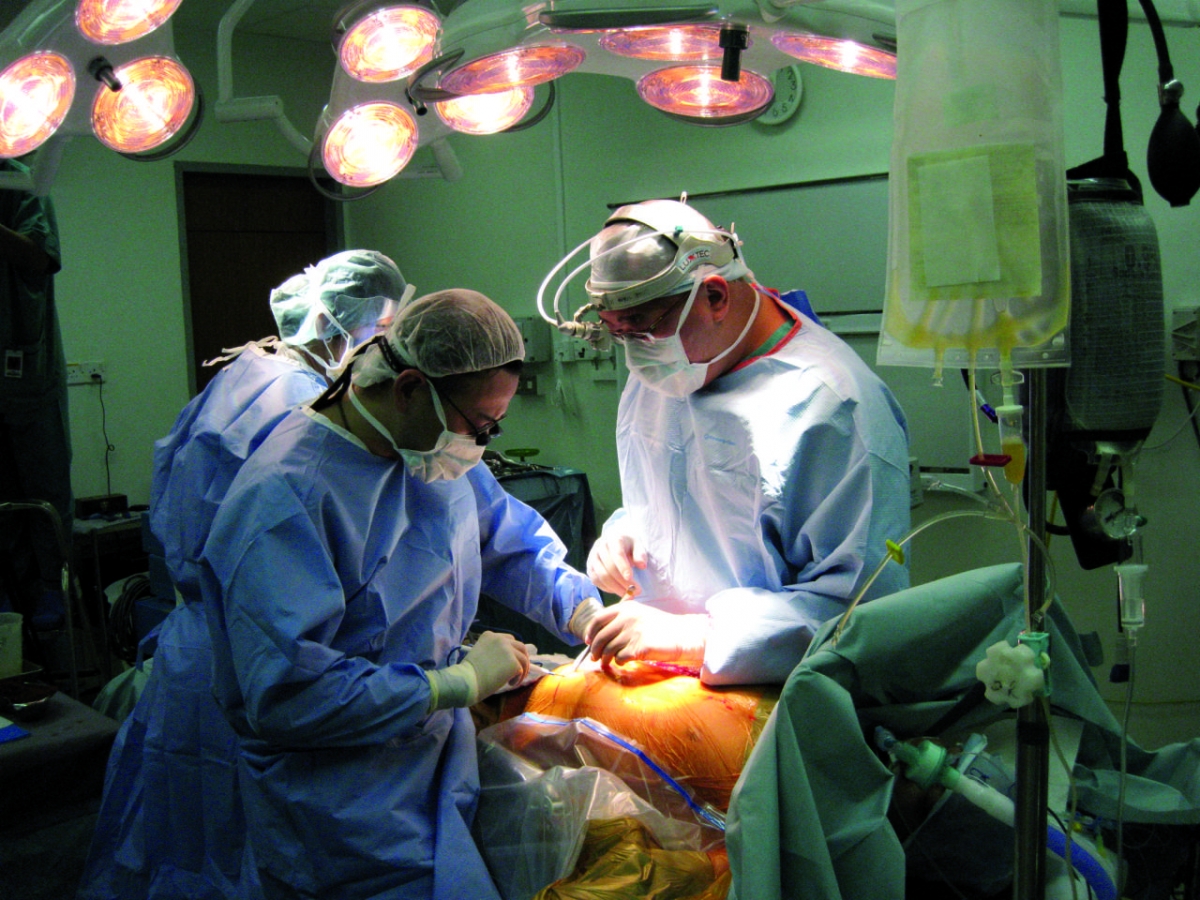
However, this organ, as any in the human body, can be affected by the many diseases and disorders. When it occurs that the liver is damaged to the extent that it cannot be treated or cured anymore, then the liver transplant is necessary since a human body cannot live without a liver and cannot compensate it by any other way. There are many types of liver transplant operations. After the kidneys transplantation, liver transplantation is the most sought after organ transplant surgery. However, the most commonly performed liver transplantation operation is the orthopedic liver transplant surgery.
Orthotopic liver transplant surgery
Orthopedic liver transplant procedure involves the removal of the part or the whole of the diseased liver from the patient’s body and the transplantation of the new healthy liver into the patient’s body. In this type of liver transplant surgery, the person who gives a healthy liver, so-called donor, has recently died.
This type of liver transplant surgery is usually performed when the liver is completely damaged that cannot function any more. However, in the cases when the part of the liver is diseased, partial liver transplant surgery can be done. For this procedure, the donor may be a living person since it donates only a part of his/her liver. In the majority of cases, the donors are the members of the patient’s family.
This type of surgery is invasive and very complex, the new liver is placed in the same position where the older or native liver was. There are two techniques of this surgery: veno venous bypass and piggyback. Diathermy is used for the mobilizing of the diseased liver through the transverse incision in the patient's abdomen. Unfortunately, many people are not the candidates for this type of liver transplant because of certain conditions that obstruct the successful liver transplant, such as the metastatic liver cancer outside the liver, excessive drug and alcohol consummation and many others.


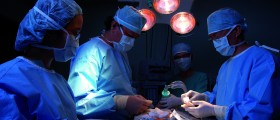

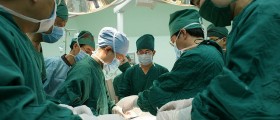










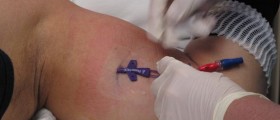
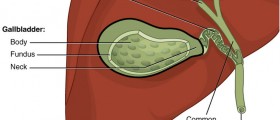
Your thoughts on this
Loading...